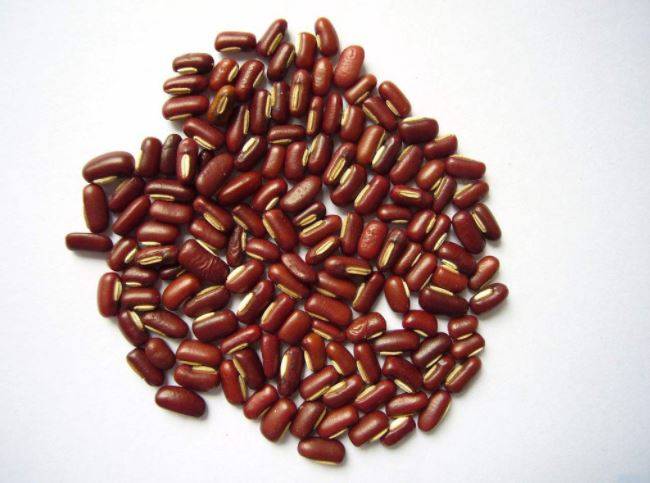
Rice Bean, despite having immense nutritive and medicinal benefits, is a lesser- known pulse. Rice bean is an underutilized pulse or grain legume, often considered a minor crop in Nepal and Northern India. It looks like rajma but is a few shades paler.
Origin of Rice Bean
The rice bean is said to have originated in Asia. It is grown in India and central China. It was first introduced in Egypt by the Arabs. It is now being cultivated in Asia, Australia, USA, and tropical Africa. Its planting usually begins in July and harvesting is done in October-November. The right time to plant and harvest varies from region to region.
Usually, the beans are available only in the local market of Nepal and Northern region as it is not known outside the area. Due to little awareness, growers of rice bean had to dispose off about 2 metric tonnes of this rice bean as there were no buyers.
Different Names of Rice Bean
Rice bean has a number of varieties, which are different in size and color. It is known by different names- climbing mountain bean, rice bean (Vigna umbellate), oriental bean, mambi bean, and chakhawai in Manipuri. It is called masyang in Nepal, and is famous as naurangi dal in Uttarakhand region. But the size of dal from Uttarakhand is very small compared to the size of the bean from the Northeast region.
In Uttarakhand region, it is usually cultivated under the multi-crop system in medium to high altitude hilly areas where other pulse crops fail to grow. It is a very good species of pulses which can tolerate drought as well as excessive rain. It is also resistant to grain pests and has a longer shelf life. The plant engulfs the ground with high density of leaves and vine. Thus, it contributes to the conservation of soil as it protects the soil from the direct exposure of sun and rain and effectively retains moisture.
Nutritional Benefits
-
Rice bean is attracting worldwide attention owing to its high tolerance abilities in drought as well as excessive rain, its high yielding ability, resistance to fungal, viral and bacterial diseases, good nutritional potential, anti-inflammatory properties, adaptability to grow in less-fertile lands, and simple domestic processing, which help to make it an viable and affordable substitute for conventional pulses.
-
The presence of some anti-nutritional factors such as saponins, phenols, phytic acid, and enzyme inhibitors limit its usage, but simple domestic processing methods such as sprouting, fermentation, and pressure cooking can remove these problems and increase its nutritional adequacy.
-
One major benefit of Rice Bean is that it can be cultivated in a range of soils to produce high quality grain as well as highly nutritious fodder for the livestock, thus a synergistic effect can be gained for both human and animal nutrition.
The treasure trove of rice bean
According to the belief of local people the taste of the bean gets better with increasing altitude. That’s why the Northeast is a treasure trove of beans unknown to those living in the plains. According to the study of National Bureau of Plant Genetic Resources, New Delhi, Rice bean is one of the best varieties of pulses as it has a high amount of protein and amino acids such as methionine and tryptophan. The bean can be used both as food and fodder for animals.
These seeds are versatile and can be used to prepare the south Indian dish, sundal, with the usual seasoning of mustard seeds, coconut, green chillies, etc. In some Nepalese communities, rice bean forms a very important part of marriage ceremonies and, hence, it also has religious and cultural significance.
Although rice bean is a multipurpose crop, little has been done to develop its high yielding varieties, to assess its field diversity or to tap its full potential in terms of commercial importance and market value. Further research and promotion of rice bean could play a crucial role in a diversified sustainable approach to reduce the global problems of protein and energy malnutrition.











